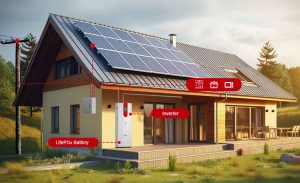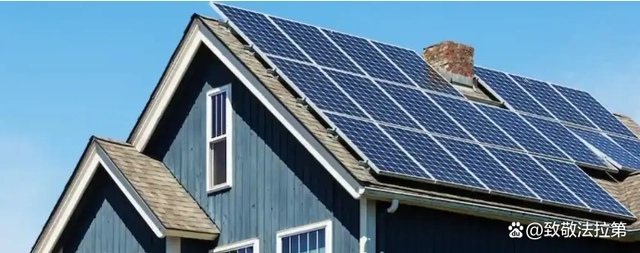To calculate your home's load to determine the size of your solar energy storage system you need, you need to perform the following steps:
Look at the power requirements of all electrical appliances in the home and calculate their total. This will be the total load on your home.

Convert your home's total load into daily energy consumption, usually in kilowatt hours (kWh). You do this by dividing the total load by the number of hours in a day.
Determine the amount of solar energy generated: Based on the solar resources in the area where your home is located and the size of the solar system, estimate the amount of solar energy that can be generated each day. This can usually be determined by looking at the average daily power generated by your local solar system.
Consider the time period you want your solar energy storage system to cover. This may be needed at night or when the weather is overcast. Then, determine the required energy storage capacity based on your home's average daily energy consumption and the required storage time. This is usually measured in kilowatt hours (kWh).

Consider the charging and discharging efficiency of the energy storage system as well as backup capacity to ensure the system can meet the needs of the home.
Once you complete these steps, you can come up with an approximate size of solar energy storage system that you will need for your home. Keep in mind that these are estimates only and actual conditions may vary based on factors such as household electricity usage habits, weather conditions, and system performance. It is best to consult a professional for a detailed energy needs analysis and system design.